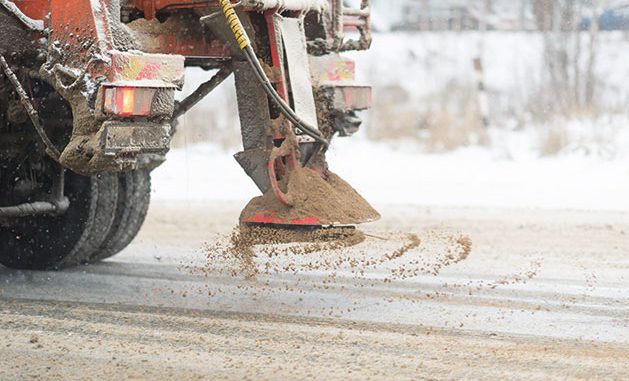
THE ONSET of winter weather sees the return of gritting lorries on roads across the UK. In addition to clearing snow and ice, specialist operators The Gritting Company are keen to dispel five myths about road gritting:
Myth 1: ‘The winter wagons contain grit.’ Untrue. It’s not grit, its salt. The small stones that make up grit can leave a sticky residue with the risk of a slippery road surface. Grit can also block drains as it washes away. Brown rock salt (often mistaken for grit) is generally spread on large road surfaces because it is more economical. White salt is more expensive and is more often used in the grounds of schools, hospitals and business parks, as it leaves less residue on floors and carpets when trodden in by pedestrians.
Myth 2: ‘Salt will melt ice at any temperature.’ Not true. Salt works by lowering the temperature at which water will freeze, and this prevents ice forming on the roads. The more concentrated the salt, the lower the freezing point, but salt is less effective below minus five degrees Celsius. At lower temperatures, ice and snow treated with salt melts less quickly.




